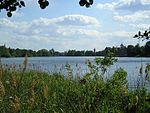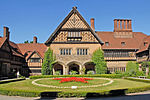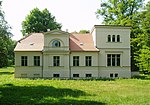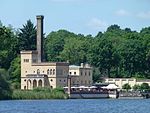Marmorpalais
Baroque architecture in PotsdamBuildings and structures in PotsdamHistoric house museums in GermanyHouses completed in 1791Museums in Potsdam ... and 3 more
Palaces in BrandenburgRoyal residences in BrandenburgWorld Heritage Sites in Germany
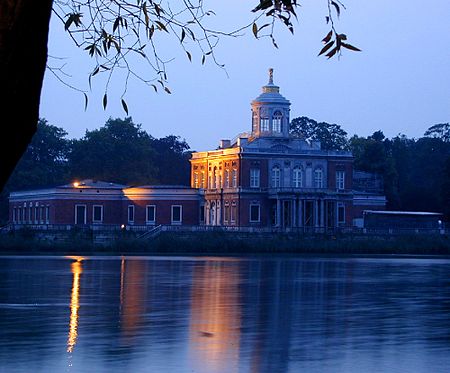
The Marmorpalais (or Marble Palace) is a former royal residence in Potsdam, near Berlin in Germany, built on the grounds of the extensive Neuer Garten on the shores of the Heiliger See (lake). The palace was commissioned by King Friedrich Wilhelm II (Frederick William II of Prussia) and designed in the early Neoclassical style by the architects Carl von Gontard and Carl Gotthard Langhans. The palace remained in use by the Hohenzollern family until the early 20th century. It served as a military museum under communist rule, but has since been restored and is once again open to the public.
Excerpt from the Wikipedia article Marmorpalais (License: CC BY-SA 3.0, Authors, Images).Marmorpalais
Im Neuen Garten, Potsdam Nauener Vorstadt
Geographical coordinates (GPS) Address Website External links Nearby Places Show on map
Geographical coordinates (GPS)
| Latitude | Longitude |
|---|---|
| N 52.412671 ° | E 13.06975 ° |
Address
Marmorpalais
Im Neuen Garten
14469 Potsdam, Nauener Vorstadt
Brandenburg, Germany
Open on Google Maps
